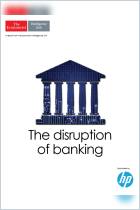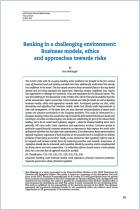
Read or listen offline
自动生成的音频
1×
自动生成的音频
Recommendation
Banking crises have always been a part of the economic scene. These crunches typically follow economic booms that go bust, much as the 2008 banking crisis succeeded the US housing market collapse. Professor Richard S. Grossman offers a succinct history of banking crises during the past 200 years, noting the conditions necessary for bank stability. getAbstract recommends his informative report to bankers, investors and economic history buffs.
Take-Aways
About the Author
Richard S. Grossman is a professor of economics at Wesleyan University in Connecticut.
Learners who read this summary also read
Report
Report
Video


















Comment on this summary or 开始讨论